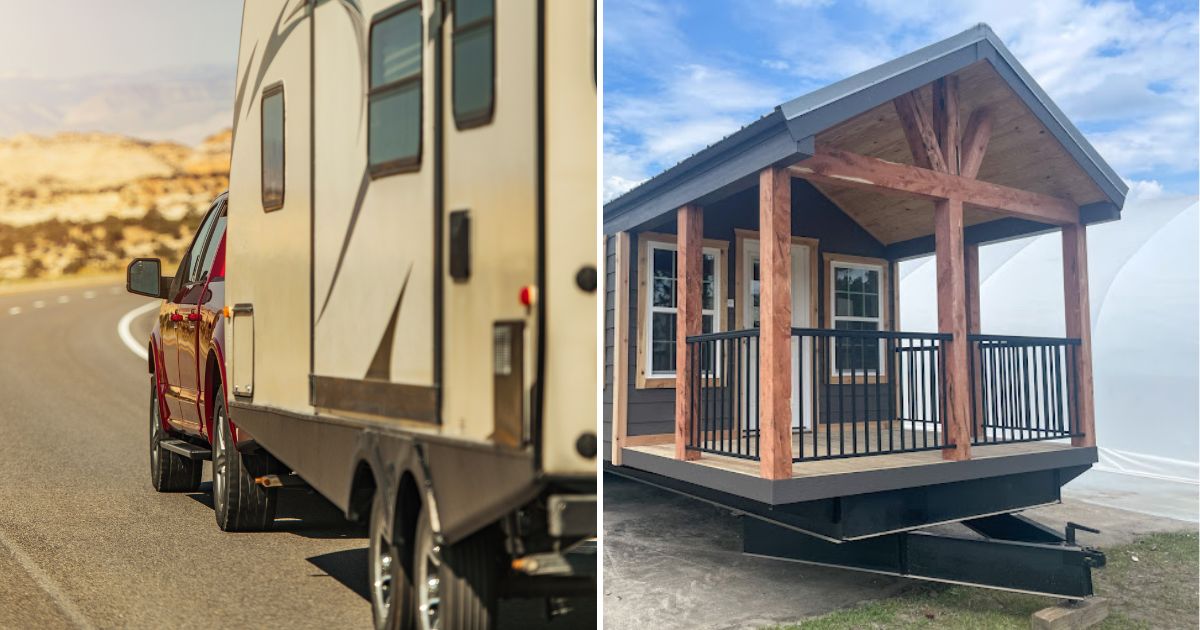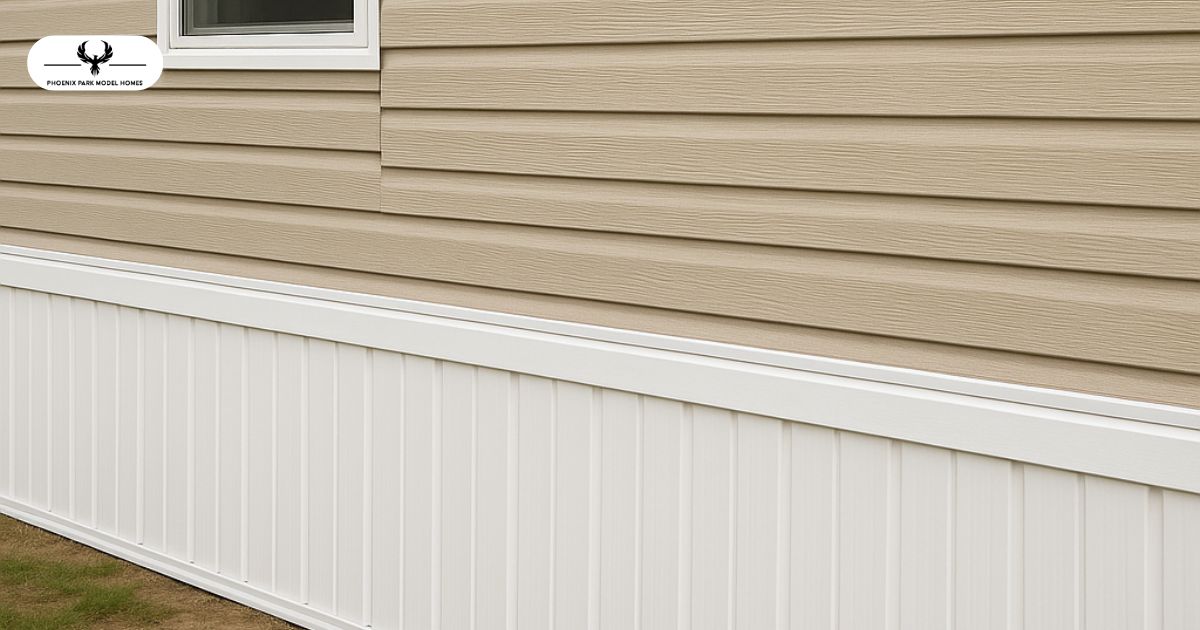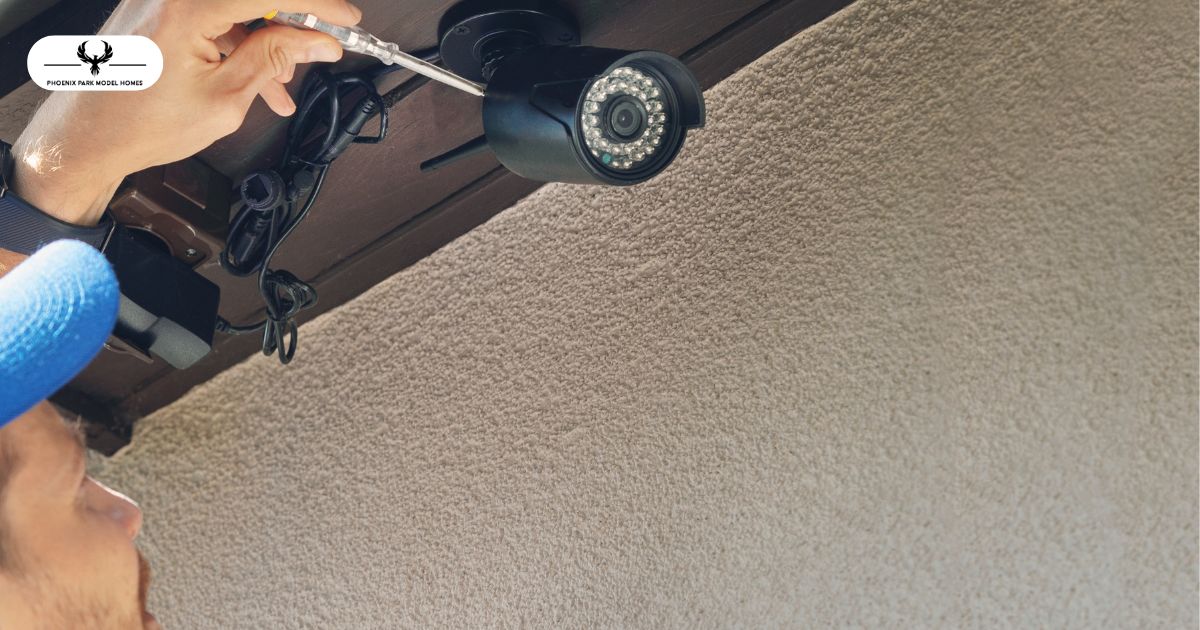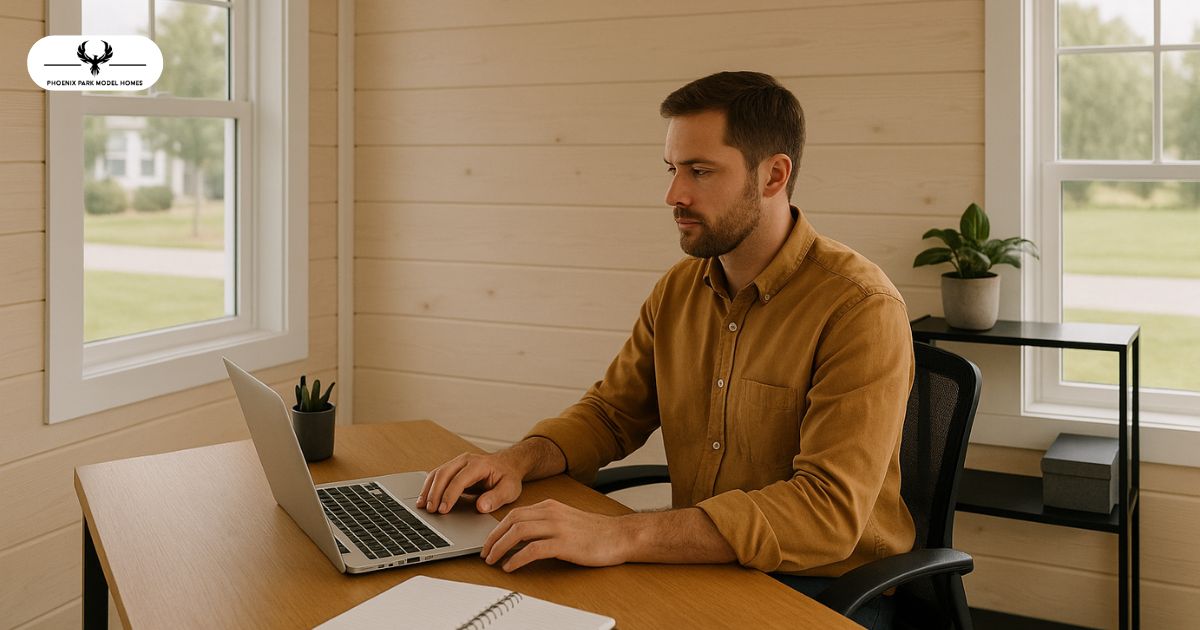If you’re exploring options for a small, mobile, or semi permanent home, two popular choices often come up: park models and destination trailers. Both give you the charm of tiny home living, but each has unique features, benefits, and limitations. Whether you’re planning seasonal vacations, a cozy retirement spot, or even a permanent tiny home, understanding these differences upfront can save you time, money, and frustration. By the end of this guide, you’ll know which option fits your lifestyle and budget, and how Phoenix Park Models can support your journey if you lean toward a park model.
Key Similarities Between Park Models and Destination Trailers
Though often confused, park models and destination trailers share several traits that make them appealing to tiny home enthusiasts:
- Compact Living: Both are designed to maximize functionality in a smaller footprint, making them perfect for downsizing or creating a vacation retreat.
- Mobility: While destination trailers are built for easier towing, park models can also be relocated with the right equipment, giving you flexibility in placement.
- Cost-Effective Alternatives to Traditional Homes: Generally, both options are more affordable than conventional homes, whether you’re looking at purchase price, utility costs, or maintenance.
- Customization Potential: From layout tweaks to interior finishes, both types allow personalization, though park models often offer more robust interior customization through floor plan options.
Main Differences You Should Know
Understanding how these homes differ can help you decide which is right for you:
| Feature | Park Model | Destination Trailer |
|---|---|---|
| Size & Layout | Typically 400 sq. ft or less, often modular layouts | Usually smaller, with narrower floor plans for towing |
| Mobility | Semi-permanent; relocation possible but limited | Designed for frequent towing and travel |
| Certifications | Often built to ANSI standards | Built to RVIA standards for recreation vehicles |
| Interior Finish Options | More like a small home, with permanent fixtures | More utilitarian, focused on lightweight construction |
| Utility Connections | Can be hooked to permanent utilities | Usually relies on portable hookups for short-term stays |
The table above shows that while the lifestyle fit overlaps, the purpose and engineering of each type of home are very different. Park models are more suited for semi-permanent placements or long-term living, whereas destination trailers excel in mobility and travel.
Park Model vs Destination Trailer: A Comparison Guide
1. Size and Living Space
One of the biggest factors when choosing between a park model and a destination trailer is how much space you need.
- Park Models: Typically max out around 400 sq. ft, with layouts designed like small homes. You get full kitchens, proper bathrooms, and defined living areas, perfect for longer stays or seasonal living.
- Destination Trailers: Usually smaller and narrower, optimized for towing rather than comfort. Kitchens and bathrooms exist, but space is often more compact, prioritizing portability over permanence.
Why it matters: If you plan to live full-time or spend several months at a location, park models provide a more comfortable, home-like environment. For weekend trips or travel, destination trailers shine.
Explore Full House Series park models for layouts maximizing small-space comfort.
Mobility and Placement
Mobility is where destination trailers usually win, but park models aren’t immobile.
- Park Models: Designed for semi-permanent placement. They can be relocated, but the process involves professional movers and proper equipment. They’re ideal for long-term stays in a single location.
- Destination Trailers: Engineered for frequent towing, lightweight, and easier to hook up to your vehicle. Perfect for travel or seasonal relocation.
Choose your home type based on how often you plan to move. Park models offer stability and home-like comfort, while destination trailers offer unmatched flexibility on the road.
Certification and Compliance
Building standards differ between these two types:
- Park Models: Usually built to ANSI standards, focusing on structural integrity for semi-permanent living. Some models may also meet state-specific building codes.
- Destination Trailers: Built to RVIA standards, prioritizing safe towing, lightweight construction, and compliance with road laws.
Why it matters: Certification affects safety, financing options, and insurance. Knowing the differences ensures you’re compliant whether you plan to stay put or travel.
Check Our Design Options for certified and quality-built park models.
Pros and Cons of Each Option
Park Models – Pros:
- Spacious layouts comparable to small homes
- More customization in interiors and finishes
- Better suited for long-term or permanent living
Park Models – Cons:
- Limited mobility; relocating requires effort
- Slightly higher upfront cost compared to a trailer of similar size
Destination Trailers – Pros:
- Lightweight, easy to tow
- Great for travel and seasonal stays
- Quick setup at campgrounds or RV parks
Destination Trailers – Cons:
- A compact space may feel cramped over longer stays
- Less customization and permanent fixtures
Longevity and Durability
When investing in a home, how long it lasts matters:
- Park Models: Built for semi-permanent placement and structured like small homes. Materials and construction standards (ANSI compliance) give them a longer lifespan, often lasting 20+ years with proper maintenance.
- Destination Trailers: Constructed for frequent towing, lightweight, and mobile. While durable on the road, heavy use and weather exposure can reduce lifespan compared to park models.
If your plan is long-term living in one spot, park models offer superior durability.
Return on Investment (ROI)
ROI depends on usage, maintenance, and resale:
- Park Models: Because of their home-like construction, they retain value well in the resale market, especially if kept in good condition. They can also be rented as vacation or seasonal homes, offering potential extra income.
- Destination Trailers: Their portability makes them easier to sell for travel enthusiasts, but resale value may depreciate faster due to wear from towing and travel.
Check Oasis Series park models for designs that maintain high resale value and lasting appeal.
Full-Time Living Suitability
Not all mobile homes are created equal when it comes to full-time living:
- Park Models: With full kitchens, bathrooms, and optimized layouts, park models are well-suited for year-round living. Extra storage, insulation, and quality finishes make life comfortable even in small spaces.
- Destination Trailers: Better for seasonal stays or travel, but smaller layouts and limited insulation may make year-round living less comfortable.
Think about how permanent your lifestyle will be; this will guide the right choice.
Financing Options
Financing differs due to classification and permanence:
- Park Models: Often eligible for loans similar to RV or small-home financing, depending on the lender and placement. Long-term investment potential is higher.
- Destination Trailers: Typically financed like an RV, with shorter loan terms and different interest rates.
Final Recommendation
When deciding between a park model and a destination trailer, consider:
- Mobility needs: Frequent travel? Destination trailer. Semi-permanent setup? Park model.
- Space requirements: More space and comfort? Park model. Compact travel? Destination trailer.
- Investment and longevity: Want a home that lasts and retains value? Park model.
For most homeowners seeking comfort, space, and long-term value, park models from Phoenix Park Models provide a perfect balance of mobility, durability, and livability. Destination trailers excel for travel-focused lifestyles but may compromise on long-term comfort.
Explore our Classic Series and Full House Series to find a park model that suits your lifestyle.
FAQs
-
Can I live full-time in a park model?
Yes! Park models are designed with full kitchens, bathrooms, and insulated living spaces suitable for year-round living.
-
Which holds value better, park models or destination trailers?
Park models generally retain value longer due to durable construction and semi-permanent setup.
-
Are park models easier to finance than destination trailers?
Yes, many lenders offer longer-term financing options for park models, similar to small-home loans.
-
Can a park model be relocated like a destination trailer?
Park models can be moved, but they require professional transport and are not meant for frequent relocation.
-
Is a destination trailer better for seasonal travel?
Absolutely. Their mobility and lightweight design make them ideal for short-term or seasonal stays.












